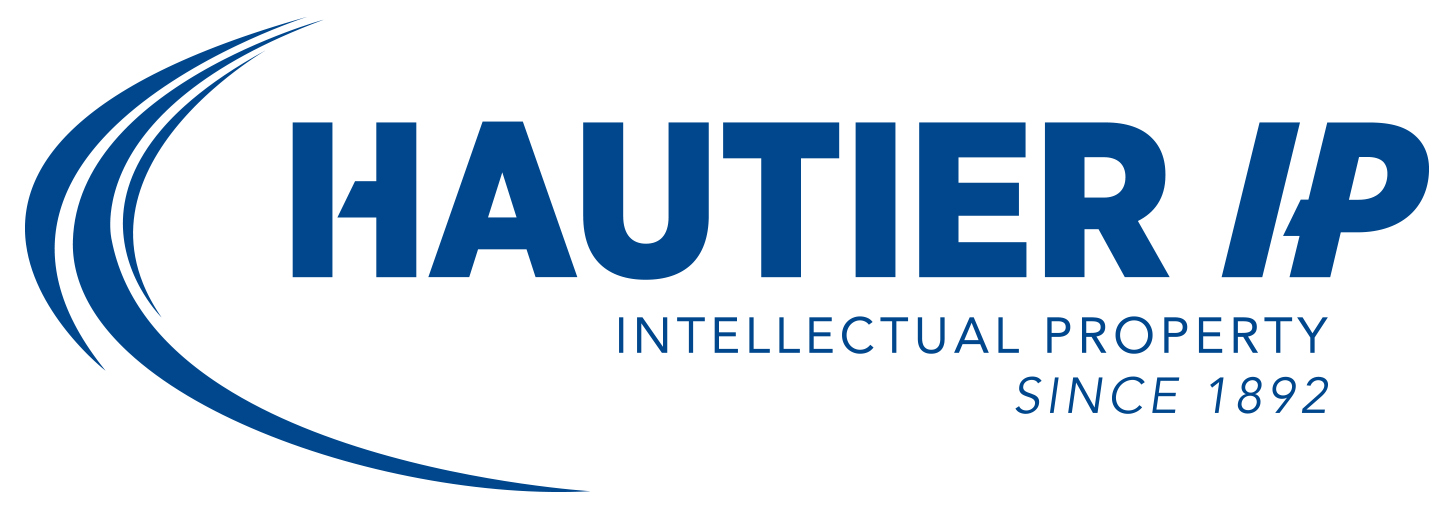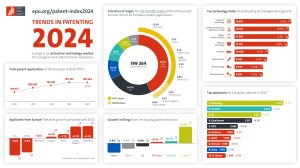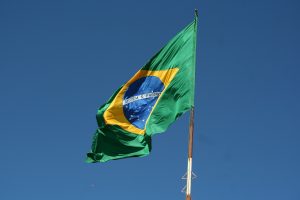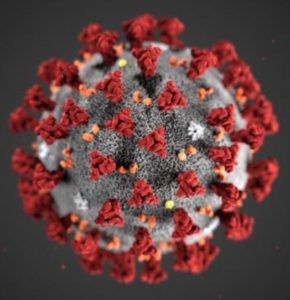The PIBD journal from the INPI, always insightful, recently covered in its Bulletin No. 1240 of January 15, 2025, an interesting decision regarding opposition to French patents, particularly in relation to medical diagnostic assistance inventions involving radiology and artificial intelligence technologies.
This decision, issued on July 4, 2024, primarily concerns a method for analyzing radiographic images, which includes computer-implemented steps for detecting areas of interest and determining key points using neural networks.
Faced with an opposition to the patent, the patent holder ultimately succeeded in maintaining the patent, albeit with significant limitations to the scope of protection initially claimed.
Here are some key takeaways from this INPI opposition decision and what it tells us about industrial property in this innovative sector:
🔹 Image analysis and AI applied to medical diagnostic support represent a strategic priority for many economic players, as demonstrated by the litigation in this case;
🔹 There is significant patentability potential for technical innovations related to image processing and analysis in the medical field;
🔹 Artificial intelligence technologies, especially neural networks, are major components that can be featured in the definition of patentable inventions;
🔹 The technical effects produced by the various features presented in a patent in this sector must be carefully detailed; in this case, several of the patent holder’s requests were rejected on grounds of lack of inventive step, as the technical effect of the features claimed was neither demonstrated in the description nor directly derivable;
🔹 Despite the lack of specific technical disclosure regarding the structure and functioning of the neural network, its use in the invention was not deemed to breach the requirement of sufficient disclosure—a positive point for the patentee. Nevertheless, it seems wise to include fallback options in secondary claims and the description that specify the types of neural networks used











